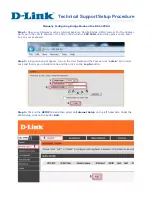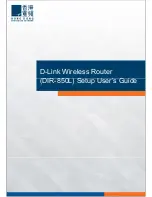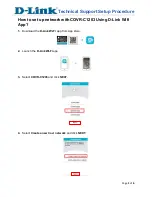
Client Quality of Service
Class Map
Cisco Small Business WAP371 Wireless Access Point Administration Guide
110
7
Class Map
The Client QoS feature contains Differentiated Services (DiffServ) support that allows traffic
to be classified into streams and given a certain QoS treatment in accordance with defined per-
hop behaviors.
Standard IP-based networks are designed to provide best-effort data delivery service. Best-
effort service implies that the network delivers the data in a timely fashion, although there is
no guarantee that it will. During times of congestion, packets may be delayed, sent
sporadically, or dropped. For typical Internet applications, such as e-mail and file transfer, a
slight degradation in service is acceptable and in many cases unnoticeable. However, on
applications with strict timing requirements, such as voice or multimedia, any degradation of
service has undesirable effects.
A DiffServ configuration begins with defining class maps, which classify traffic according to
their IP protocol and other criteria. Each class map can then be associated with a policy map,
which defines how to handle the traffic class. Classes that include time-sensitive traffic can be
assigned to policy maps that give precedence over other traffic.
You can use the Class Map page to define classes of traffic. Use the Policy Map page to define
policies and associate class maps to them.
Adding a Class Map
To add a class map:
STEP 1
Select Client QoS > Class Map in the navigation pane.
STEP 2
Enter a Class Map Name. The name can include from 1 to 31 alphanumeric characters and the
following special characters: hyphen, underscore, backslash, and colon. Spaces are not
allowed.
STEP 3
Select a value from the Match Layer 3 Protocol list:
•
IPv4—The class map applies only to IPv4 traffic on the WAP device.
•
IPv6—The class map applies only to IPv6 traffic on the WAP device.
The Class Map page appears with additional fields, depending on the Layer 3 protocol
selected:
Use the fields in the Match Criteria Configuration area to match packets to a class. Select the
check box for each field to be used as a criterion for a class and enter data in the related field.
You can have multiple match criteria in a class.
















































